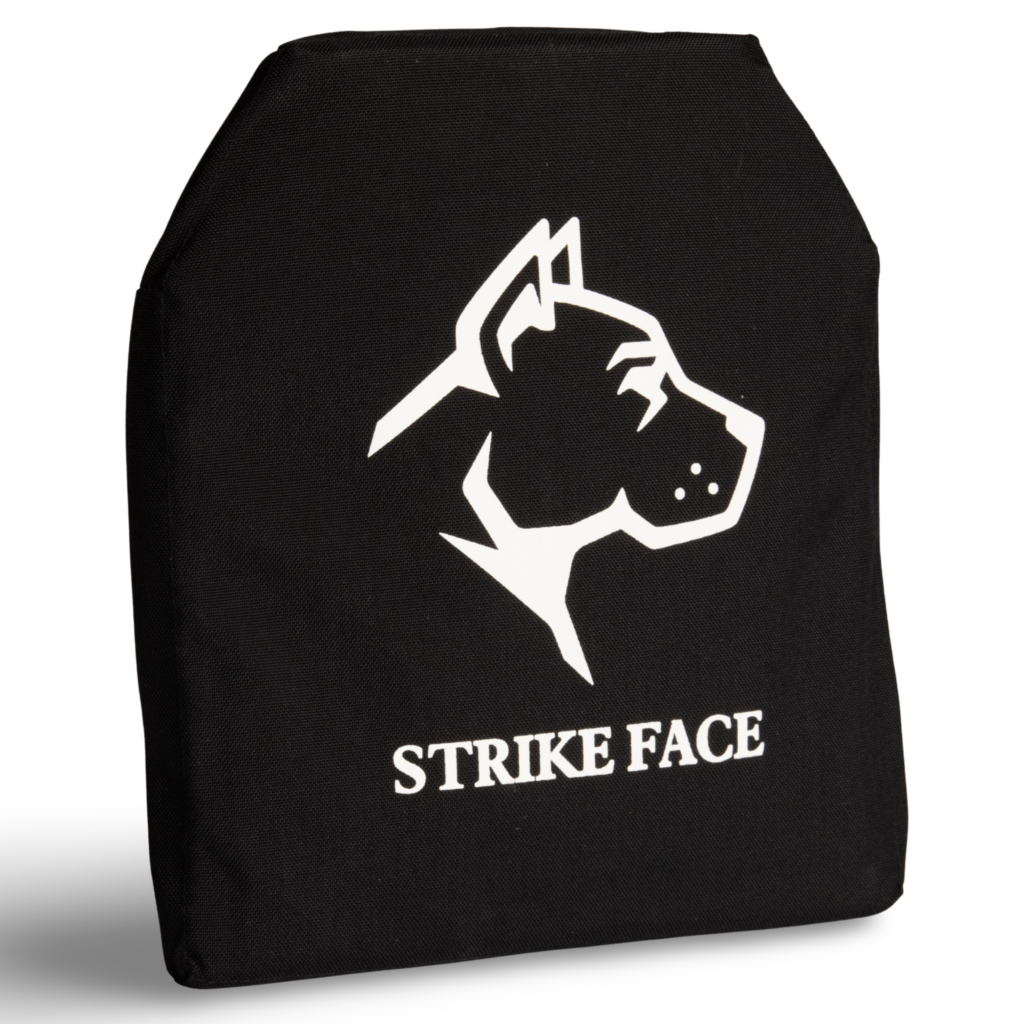Anti-Spall Coating vs. Trauma Pads: Key Differences in Body Armor Components
When purchasing body armor, understanding the difference between anti-spall coatings and trauma pads is crucial. While both contribute to your safety, they address distinct challenges encountered during ballistic protection. Here’s a breakdown of these terms and their specific purposes.
What is Anti-Spall Coating or Layer?
Purpose: Prevent fragmentation (spall) upon bullet impact.
- How it works: When a bullet strikes steel armor plates, it can fragment into tiny shards that ricochet outward. Anti-spall coatings are typically made of materials like polyurea, rubber, or other protective layers applied to the plate’s surface.
- Function: These coatings capture or redirect bullet fragments, preventing them from injuring the wearer or nearby individuals.
Example:
Guard Dog Body Armor’s Level III+ Steel Plates are often paired with an anti-spall coating option. This feature enhances protection by mitigating fragmentation risks during high-impact scenarios.
What is a Trauma Pad?
Purpose: Reduce the force of impact from a bullet strike.
- How it works: Trauma pads are non-ballistic inserts placed behind the armor plate (towards the body). When a bullet hits the plate, it generates significant backface deformation (BFD), or the force transferring through the plate to the wearer. Trauma pads absorb and disperse this energy, reducing pain, bruising, and potential injuries.
- Function: They enhance comfort and safety without directly contributing to stopping bullets.
Example:
Guard Dog offers lightweight trauma pads designed to work seamlessly with their hard armor plates, ensuring reduced BFD and improved wearability.
Key Differences at a Glance
| Feature | Anti-Spall Coating | Trauma Pad |
| Primary Function | Captures bullet fragments to prevent spall. | Reduces impact force to minimize injury. |
| Location | Applied to the outer surface of the armor plate. | Positioned behind the plate, closer to the body. |
| Ballistic Protection | Yes, mitigates fragmentation from bullet impact. | No, focuses on comfort and reducing blunt trauma. |
| Material | Polyurea, rubber, or similar fragment-resistant material. | Foam or other energy-absorbing materials. |
| Weight Addition | Slightly increases plate weight. | Minimal weight, focused on comfort. |
Why Both Are Important in Your Setup
- Anti-Spall Coatings are essential for steel plates, where spalling is a significant concern. Without this coating, bullet fragments can cause serious secondary injuries.
- Trauma Pads are particularly important for hard armor users, as even the strongest plates allow some level of backface deformation. The pad ensures that the energy from the impact doesn’t result in severe physical harm.
When to Use Each
- Steel Plates:
Always pair with anti-spall coating to ensure fragment containment. Adding a trauma pad is recommended for maximum protection and comfort. - Ceramic or Polyethylene Plates:
Spalling is less of a concern, so trauma pads become the primary accessory for reducing blunt force trauma.
Guard Dog Body Armor Solutions
At Guard Dog Body Armor, we prioritize comprehensive protection with customizable setups:
- Anti-Spall Coating: Our Level III+ Steel Plates can be upgraded with anti-spall layers to mitigate fragmentation risks.
- Trauma Pads: Lightweight and durable, our trauma pads integrate perfectly with any hard plate, offering an additional layer of safety and comfort.
Final Takeaway:
Both anti-spall coatings and trauma pads play vital roles in body armor systems, but they address entirely different needs. Understanding their purposes and functions ensures you build a setup tailored to your safety requirements.
Explore Guard Dog Body Armor’s collection of steel plates, trauma pads, and other accessories at gdbodyarmor.com to create your ultimate protection system!
